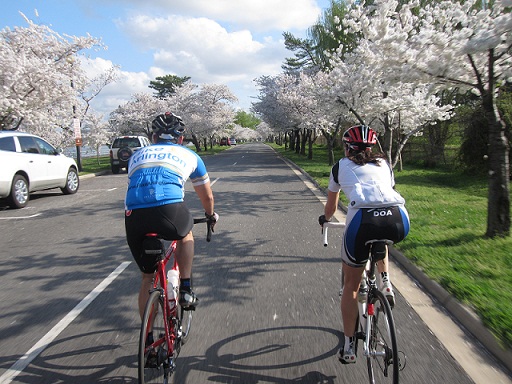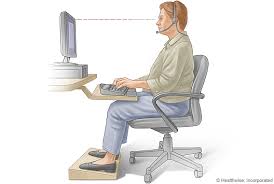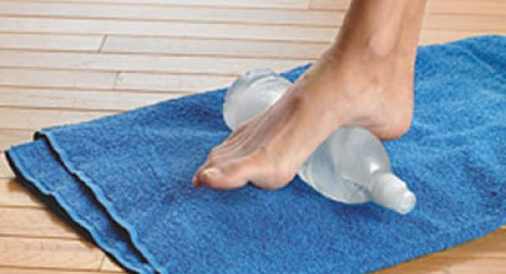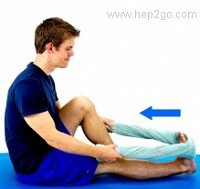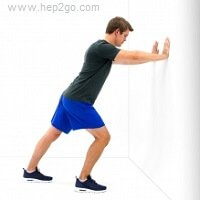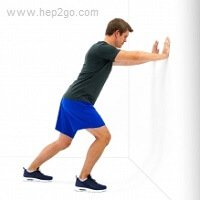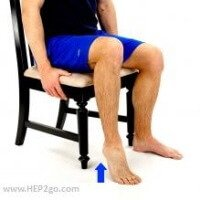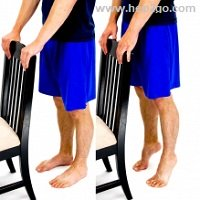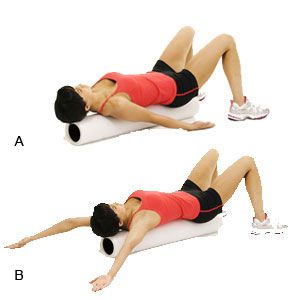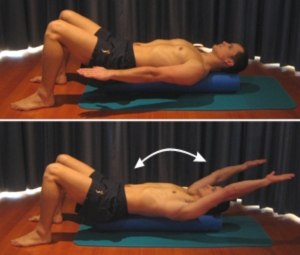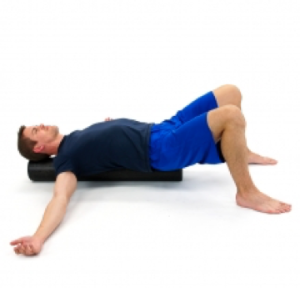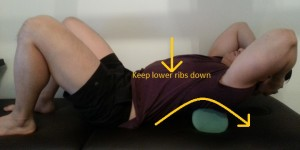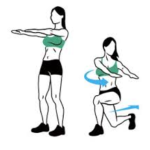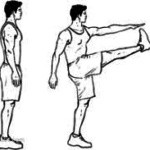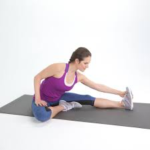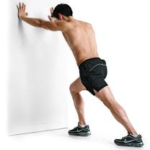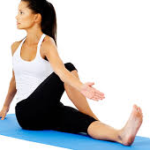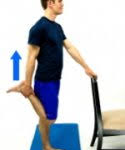In addition to saving money on the costs of other modes of transportation and being environmentally friendly, biking has many health benefits that make it a good option for getting around the neighborhood this spring. Here are a few reasons why:
1. Cardiovascular Health – Biking will help to elevate your heart rate and provide a great aerobic workout. This will promote heart and lung health and can lower your blood pressure and risk for heart disease.
2. Low Impact Exercise – Compared to other forms of exercise such as running, biking has a very low impact on your joints, which is good if you are susceptible to having joint pain.
3. Good for all Fitness Levels and Ages – Even though it is low impact, that doesn’t mean it has to be easy! By adjusting speed, distance, and resistance, the exercise you get while biking can be as challenging as you want it to be. This makes it a good option for everyone, whether you are a high level athlete or are trying it for the first time.
4. Muscle Strength – Biking works the muscles in the legs as you are pushing the pedals, core muscles as you stay upright, and the muscles in your arms as you hold onto and steer the handlebars. Having more strength in these muscles can improve your ability to perform all of your daily activities such as standing, walking, and going up and down stairs.
5. It’s Fun! – Biking is a fun way to get around and explore. For safety, make sure you wear a helmet to protect your head. If you have any health issues and are unsure if biking is appropriate for you, check with your physical therapist or doctor first.
